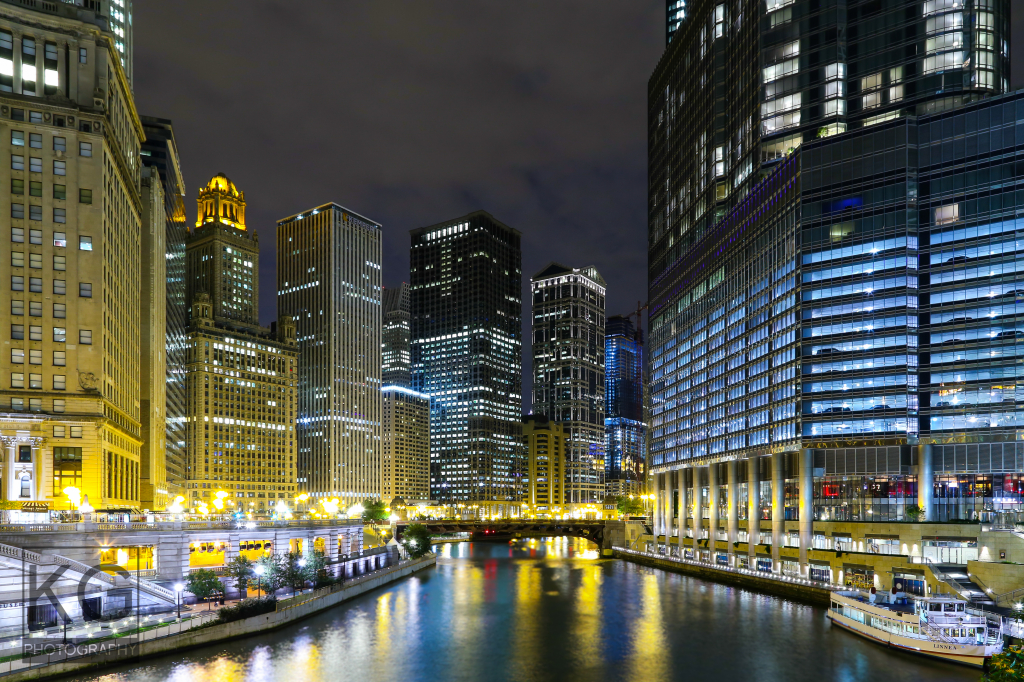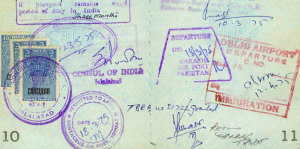Documenting our lives has become a part of who we are as people. When we walk down the street and see something that sparks our interest, we take a quick photograph and automatically decide which social media it should be shared with. That moment means something to us, however, the process of capturing time becomes unappreciated and undervalued. Sometimes we forget that we are, in a sense, capturing a specific moment from a perspective that can never be duplicated. Of course people can recreate photographs, but they can never compare to the originals. You cannot go back to that exact location and moment in time to recapture the experience. But what happens when we view the work of photographers and artists that we are unfamiliar with, involving a medium that we aren’t used to seeing? Every individual tends to find meaning within the work in a way that relates to the viewer, not the creator. This is not necessarily a bad thing, after all, how are we supposed to understand where an artist is coming from if we do not know their personal story? I’m here to shed some light on the process of actually creating time-lapse photography and what the process means to me while I’m capturing it.
Time-lapse photography is essentially a way of speeding up real-time video to show the events occurring within an environment. It seems pretty straightforward, until you examine all of the factors that go into capturing hundreds of hours of footage for a 5 minutes video. I begin with months of research and scouting locations to give me an idea of what my final product may look like aesthetically. That leads to setting up a shot list for a particular area or town in order to shoot efficiently. Next, I need to choose the days and times that I want to capture certain environments because shooting in the center of a city, such as Chicago, is entirely different when it is noon and when it is midnight. I need to envision the video mentally to make sure I am capturing the moment and movement the way I want to present it. As you can see, just preparation becomes a lengthy process in itself.
Finally, it is time to shoot. I bring a 35-pound backpack with any equipment that I might need, and a sturdy tripod. The typical setup draws the stare of hundreds of people trying to figure out what type of show I am about to perform with all of my wires and equipment. Unfortunately, I’m only going to be standing behind a camera that takes a photograph every 3-6 seconds for about 30-45 minutes. I do, however, get a kick out of how many people stop and take a photograph of the exact thing I am taking a photograph of just because there is a large DSLR in sight. The disappointed looks on people’s faces keep me entertained while I wait for my time-lapse to finish shooting. They don’t understand that I’m not taking a single photograph. They can’t envision the final product that is a video created through photographs. I’m not just taking a photograph that simply looks nice; I’m capturing the commotion within the environment that is often overlooked because of the busy lives we live. I continue with my day by visiting up to 20 other locations and shooting for approximately 9 hours straight. I will need to shoot for about 7-10 days depending on the planned final video length. It does not seem much more than a typical workweek, but shooting is only one fourth of the entire time-lapse process.
Once I finally capture all of my footage, I need to meticulously edit every clip to make sure they all look similar to one another in order to keep consistency throughout the video. Editing is a complicated process that I won’t get into, but it involves the use of at least 4 different software packages, so that footage is stabilized and looking crisp. Each piece of 30-45 minutes real time capture results in an 8 second time-lapse clip. I aim to shoot about 70 clips, each one taking about 2.5 hours to edit. When you combine the preparation, shooting, and editing, it takes about 300 hours to complete. This results in a 5-minute video that is put on YouTube to share with others. I just threw around a bunch of numbers, which very likely means nothing to most people, so why do I shoot time-lapses exactly? What does it mean to me? Why did I spend close to 300 hours last September capturing Chicago from several different perspectives?
Shooting time-lapses is one of my passions. Although I’m inadvertently projecting my affection for the location I’m shooting, my goal is to help the viewer see what is happening around them. If we take the time to slow down our lives and enjoy the moment, it helps us understand what we truly appreciate. Even though viewers see the video as time being sped up, I see my world slowed down and everything is put into perspective. After all, I’m spending 2.5 hours editing 30 minutes of photographs. Although I’m making sure all of the technical aspects are taken care of, I get to become a part of millions of people’s lives in the process. Not only because they watch the finished project online or at a friend’s house, but because I was a part of their day when it first started. I was that guy that you asked, “What are you doing, exactly?”
“Chicago In Motion” was a project that I took on after a month of traveling across Europe and the west coast of the United States. I found it interesting that after a month of being away from home, I wanted to get out of the house and explore the city that I’ve known my entire life even further. The 2 weeks consisted of about 2 hours of sleep, 6 hours of class, and 16 hours of shooting and editing every single day. I secluded myself from others because I wanted to do something special. I wanted to document the city that raised me. I wanted to show people everything that made me who I am today. The biggest success, however, was that it helped thousands of people find out why they appreciated my work and what it meant to them.
Please feel free to enjoy 4 minutes and 5 seconds of my appreciation to my home town, Chicago.
A guest post by Kamil Galimski, owner of KamilGPhotography.










